Cross plates for Oldham coupling / MCO / CFK
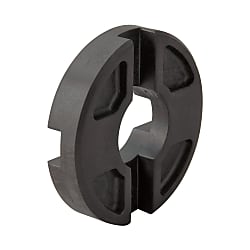
Mouse over image to enlarge
Part number:
possible part numbers found.Outline drawing and specifications table
Back to the Category Shaft Couplings
Technical Drawing - Claw Couplings
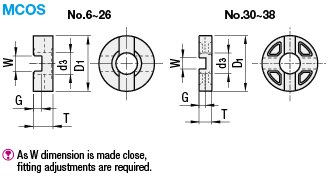
Open the technical drawing in the new window
Available dimensions and tolerances can be found under the tab More information.
Basic Properties (e.g., material, hardness, coating, tolerance) - Claw Couplings
Further specifications can be found under the tab More information.
Composition of a Product Code - Claw Couplings
| Part Number |
| MCOS15 |
General Information - Claw Couplings

Shaft Coupling Selection Details
- Material: aluminum, aluminum alloy, steel, stainless steel, plastic
- Coupling buffer material: polyacetal, polyurethane, nylon, aluminum bronze, carbon fibre reinforced polymer (CFRP)
- Disc material: stainless steel, polyimide, carbon fibre (carbon)
- Fastening: hub clamping, half shell clamping, threaded pin clamping, clamping sleeve, keyway
- Design: slit coupling, disc coupling (servo coupling), Oldham coupling, dog coupling, jaw coupling, bellow coupling, metal bellow coupling, elastomer coupling
- ISO tolerances: H8
- Shaft diameter: 1 to 45 mm
- Outer diameter: 6 to 95 mm
- Length: 8.4 to 100 mm
- Offset: angle offset, radial offset, axial offset
Design Overview
Description/Basics
A shaft coupling, also called a compensating coupling, is generally used for the transmission of torque for mechanical engineering. Flexible shaft couplings (non-rigid) can compensate for lateral, axial and angular offsets (misalignment). Therefore, these are common connecting elements between motors and axles/shafts or even ball screws.
There are various types of designs, such as the jaw couplings, disc couplings (servo couplings), slit couplings, bellow couplings, Oldham couplings and many others, which are selected depending on the type of misalignment. You can determine which design is the right one for transmission in your application with the Coupling Selection Method available as a PDF.
When the shaft coupling is professionally installed, the transmission of rotational forces should be slip-free. To do this, the appropriate shaft coupling must be selected depending on the application. Here, it is important to observe the degree of misalignment, the maximum speed of rotation and the permissible torque of the compensation coupling and not to exceed these values during operation. If several misalignments occur at the same time, it is recommended to reduce the maximum value of the specified misalignment by approximately half.
The most commonly used elastomer coupling is the jaw coupling, which consists of a plastic buffer with damping properties. As a result, shocks and vibrations in a drive system can be damped, which protects adjacent components in the transmission of force. Our product range offers you alternative materials for the elastomers. These include among others aluminum bronze and carbon fibre-reinforced plastic.
The different shaft connections on the compensation couplings allow various connection variants for assembly. For this purpose, hub clamping, half shell clamping, slot clamping, threaded pin clamping, chip sleeve and keyways are available.
If a keyway is selected for a MISUMI shaft coupling, it is recommended obtaining the MISUMI machine key, as it is best to combine these.
A shaft coupling can be used for precise positioning. These are often combined together with slide screws or ball screws. A disc clutch (servo coupling) is suitable for this application, since it has a high torsional rigidity.
In addition to the standardized diameter of the shaft bore, MISUMI offers the option LDC and RDC, which allows the drill diameter to be adjusted to the shaft end in 0.1 mm increments.
Application Examples - Claw Couplings
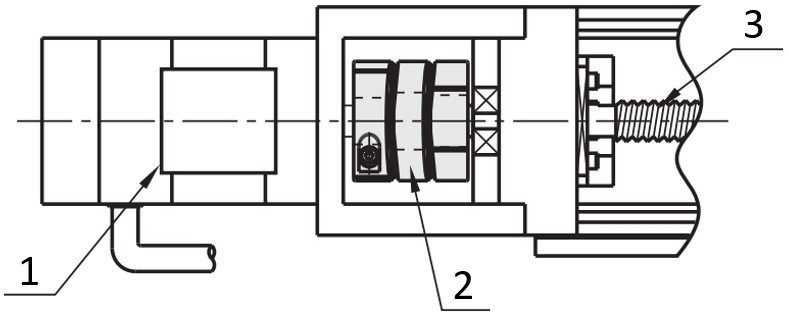
Shaft coupling with servo motor and ball screw
(1) Servo motor, (2) disc coupling (servo coupling), (3) ball screw

Slit coupling with encoder
(1) Bearing with housing, (2) shaft coupling, (3) motor, (4) axles/shafts
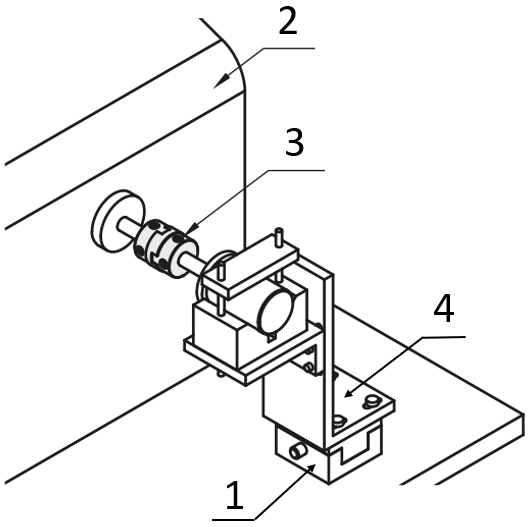
Engine test stand with Oldham coupling
(1) X-axis positioning stage, (2) performance test station, (3) shaft coupling, (4) brackets, L-shaped
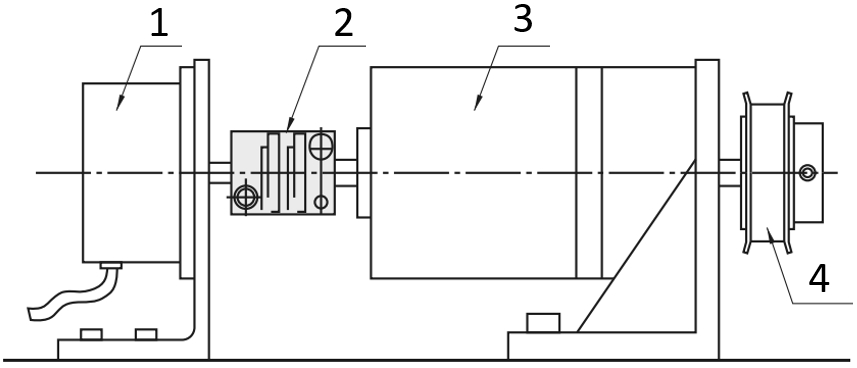
Shaft coupling with motor and gearbox
(1) Motor, (2) Shaft coupling, (3) Conversion/Reducing gears, (4) Timing pulleys / Idlers
Industrial Applications
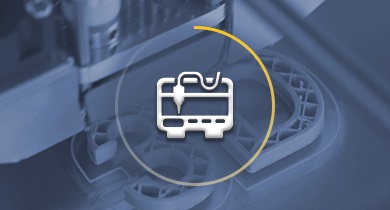

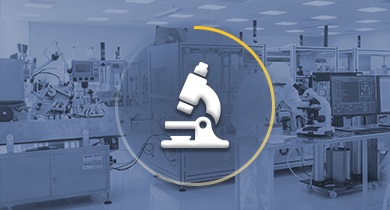
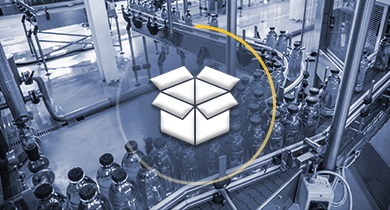
Part number list
Unit price (excluding VAT)(Unit price including VAT) | Standard shipping days |
|---|
6.17 € ( 7.34 € ) | 7 working days |
6.80 € ( 8.09 € ) | 7 working days |
7.56 € ( 9.00 € ) | 7 working days |
8.18 € ( 9.73 € ) | 7 working days |
9.58 € ( 11.40 € ) | 7 working days |
10.20 € ( 12.14 € ) | 7 working days |
11.58 €5.21 € ( 6.20 € ) | Stock item: 1 working dayAvailable for same-day shipping |
13.60 € ( 16.18 € ) | 7 working days |
15.00 € ( 17.85 € ) | Stock item: 1 working dayAvailable for same-day shipping |
16.38 € ( 19.49 € ) | 7 working days |
21.66 € ( 25.78 € ) | Stock item: 1 working dayAvailable for same-day shipping |
More Information
Basic information
[Features] This is an Oldham type clutch. -It can be used as a maintenance product.
Outline and specifications
Back to the Category Shaft Couplings
Technical Drawing - Claw Couplings

Open the technical drawing in the new window
Specification Tables - Claw Couplings
| Part Number | D1 | T | d3 | W | G | Applicable Coupling | Unit Price | |
| Type | No. | |||||||
| MCOS | 6 | 6.2 | 2.2 | 2.4 | 1.3 | 1.3 | MCO□□6 | |
| 8 | 8.2 | 2.4 | 3.4 | 1.6 | 1.5 | MCO□□8 | ||
| 10 | 10.2 | 2.6 | 4.4 | 1.6 | MCO□□10 | |||
| 12 | 12.5 | 3.8 | 4.0 | 3 | 1.8 | MCO□□12 | ||
| 15 | 15 | 4.8 | 5.0 | 3.4 | 2.3 | MCO□□15 MCOC□□15 | ||
| 17 | 17.5 | 6 | 7.2 | 4.6 | 2.9 | MCO□□17 MCOC□□17 | ||
| 20 | 21 | 6.6 | 8.2 | 5.8 | 3.2 | MCO□□20 MCOC□□20 | ||
| 26 | 27 | 7.2 | 12.0 | 7 | 4 | MCO□□26 MCOC□□26 | ||
| 30 | 31 | 8.5 | 13.0 | MCO□□30 MCOC□□30 | ||||
| 34 | 35 | 7.9 | 4.2 | MCO□□34 MCOC□□34 | ||||
| 38 | 41 | 9.4 | 16.0 | MCO□□38 MCOC□□38 | ||||



